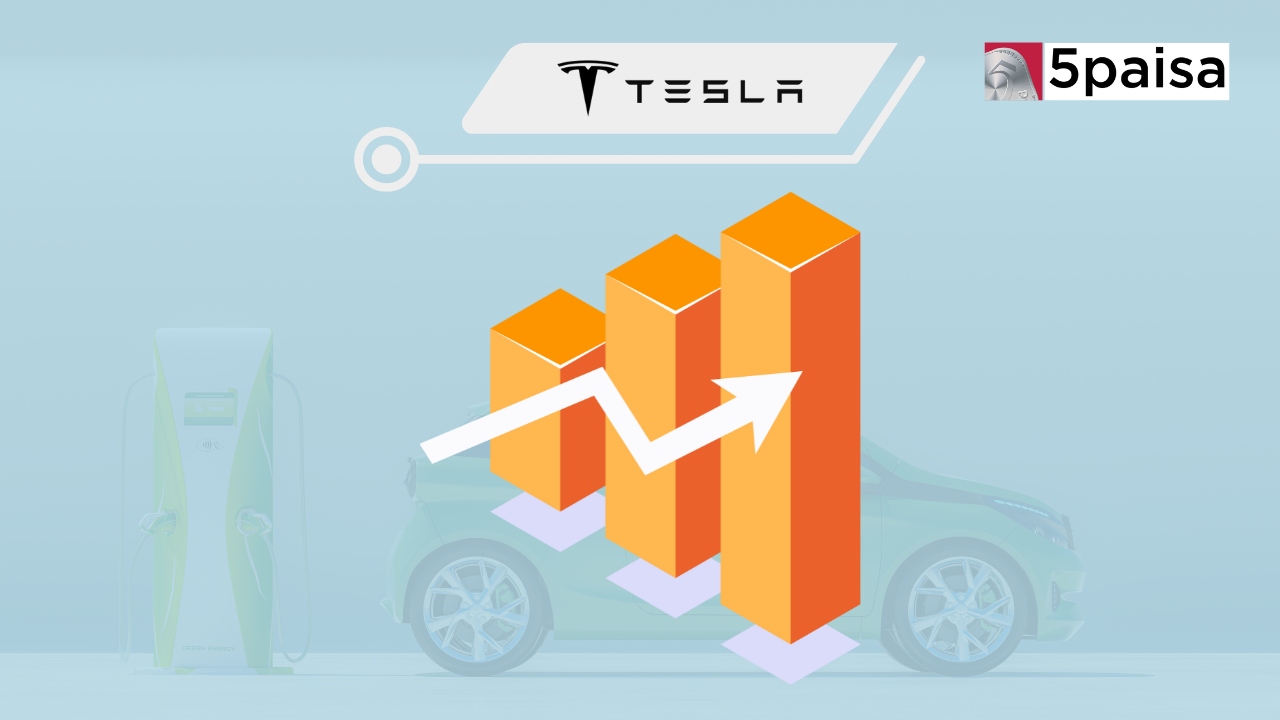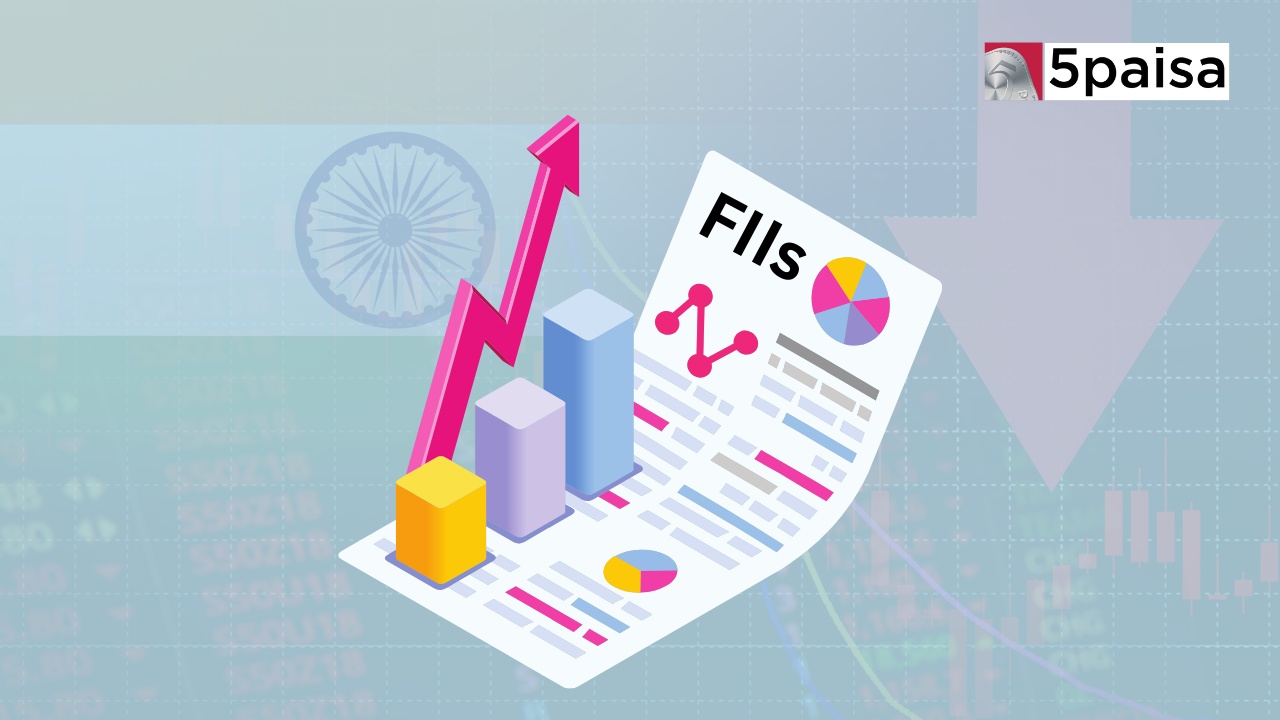US consumer inflation at 8.3%, higher than expected

Last Updated: 14th September 2022 - 05:38 pm
The much awaited US consumer inflation for August 2022 was announced on 13th September. At 8.3% it was better than the 8.5% reported in July and the scary 9.1% reported in June. However, the August inflation was still 20 bps above the consensus forecast of 8.1%. That is a clear indication that inflation continues to be a lot stickier than what the Fed and the markets had anticipated. The inflation at 8.3% in August was thanks to falling gasoline prices, because food inflation and core inflation were actually higher sequentially.
Even the sequential growth in headline inflation at 0.1% was higher than the flat sequential growth seen in July. In fact, the expectation was that August would show negative month-on-month inflation, and to that extent it was largely disappointing. Let us add a word of caution here. Fed relies on PCE (private consumption expenditure) inflation rather than consumer inflation for its rate decision. However, PCE inflation for August will be out by end of September and the Fed meet on 20th and 21st September must rely on CPI Inflation.
However, there are two inflations playing out within the overall headline inflation. The gasoline inflation is rightfully down by nearly 10.6% in August, but the problem with the inflation in food, clothing, shelter and even overall core inflation is higher. Family budgets continue to be strained. Let us look at food inflation in August 2022. At 11.4%, food index inflation is at a 43 year high, with such high levels of food inflation last seen in May 1979. That gives you an idea of how bad the impact of supply chain constraints on food inflation is.
But it is not just about food, since many of the other items, outside of gasoline, have also seen a sharp spike in prices. There has been a sharp spike in medical care expenses and even automobile prices have shot up sharply in the same period. But the bigger worry is the sharp spike in core inflation. It had stabilized below the 6% mark in the last few months but has now bounced back sharply to 6.3%. Normally, it is core inflation that is the stickiest of the lot, which is why most economy managers get worried about high core inflation.
In terms of the impact on Fed stance, it now almost looks certain that the Fed would implement another 75 bps rate hike in September taking the rates to well above 3% and much closer to the terminal target rate of around 4%. As the Treasury Secretary, Janel Yellen, best summed up the stand of the Federal Reserve, "Inflation is way too high, and it's essential that we bring it down". That means that after 2 bouts of 75 bps rate hikes, we could see the third successive Fed rate hike of 75 bps coming in the month of September.
For now, the Federal Reserve views inflation as the biggest risk to the American economy and that continues to give sleepless nights to the Fed. The Fed is already at neutral rate hikes, which means that from the current levels the rate hikes would directly start hitting output also. The Recession word is already being spoke about and that is one of the factors that has downplayed demand projections and brought down gasoline prices. However, rising core inflation is also an indication that the monster of inflation is not going away.
The US economy is facing a unique situation where despite consistent bouts of tightening in the US economy, demand has not fallen appreciably. That could be due to the substantial labour slack in the US economy. Unemployment rate continues to be very low and that rules any recession pain or spending pain for now. That is actually making the task of the Fed doubly difficult as the labour data is largely negating their effort. But now will be real test as the US Fed takes the rates well above the neutral rates. Impact on growth will be the key.
What does this mean for the RBI and its monetary policy stance? The RBI meets next towards the end of September, where another rate hike of 50 bps looks likely to take the repo rates to the 5.9% mark. Experts are of the view that the terminal rate target for the RBI may now stand revised internally from 6% to 6.5%, which would amount to taking the repo rates nearly 135 bps above the pre-COVID levels. The impact of this move on the overall GDP growth will hold the key because the Indian economy is betting heavily on GDP story.
- Flat ₹20 Brokerage
- Next-gen Trading
- Advance Charting
- Actionable Ideas
Trending on 5paisa
06
 Tanushree Jaiswal
Tanushree Jaiswal
Global Market Related Articles
Disclaimer: Investment in securities market are subject to market risks, read all the related documents carefully before investing. For detailed disclaimer please Click here.
 5paisa Research Team
5paisa Research Team




